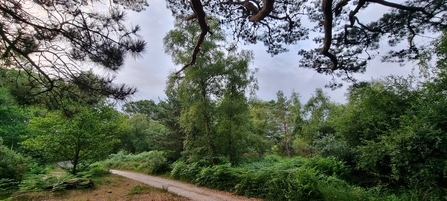It’s now July, nearing the end of the breeding season, when the young birds are fledging and will soon be heading off to winter destinations. The lagoon is a place of noise and movement, as juvenile birds follow their hard-working parents around, begging for food. First flights are shaky, short, and often end in crash landings, but they are at least making them.
But this year there is a difference. The lagoon is busy yes, but not as busy as usual. There is a sense of hopeful relief, of coming out of the other side, but not of the breeding season.
This year is the first in my memory that avian flu has hit the Brownsea Island bird populations. This fast-acting virus spread like wildfire, first appearing in the Sandwich tern colony, before starting to claim black-headed gulls, and finally moving on to the common terns. Large numbers of this year’s chicks were wiped out, leaving a handful to fledge.
To say it was heartbreaking is an understatement. Coming back after a few days off, I expected to see packed, chaotic islands outside the Tern Hide. What I saw was the devastation that bird flu can cause. Something I have never seen first-hand. The indiscriminate nature of the virus, the way in which it spreads, the unstoppable nature of it, and the helplessness of watching it do its worst. The most devastating thing I’ve had to see happening to our wonderful birds. Every day became the same routine of collecting, logging, and disposing of birds. Trudging through the lagoon in the heat of June in full protective gear was not something I ever thought I or my colleagues would have to do.
The reserve remains closed, and with no visitors or volunteers a 'Covid-19 déjà vu' moment occurred. A mini lockdown for us.
But despite the impact of the flu, there are still so many positives for wildlife on the island. The Sandwich terns who lost their young (most of the affected birds were chicks), stoically re-laid eggs and are sitting. Whether they grow, fledge, and survive in time we shall see, but the resilience of nature should be an inspiration to us all.
The flora of the reserve, with no human feet to keep it in check, has flourished. Common centaury grows by the Bomb Pond, in areas where it would normally be trampled. Self-heal peeps from track edges. Brambles make a cheeky break across tracks, sneaking low to the ground. The hazel and beeches are bearing new fruits. A young sika deer has been frequently seen on or near the tracks, and the older females have become curious and are coming closer.









